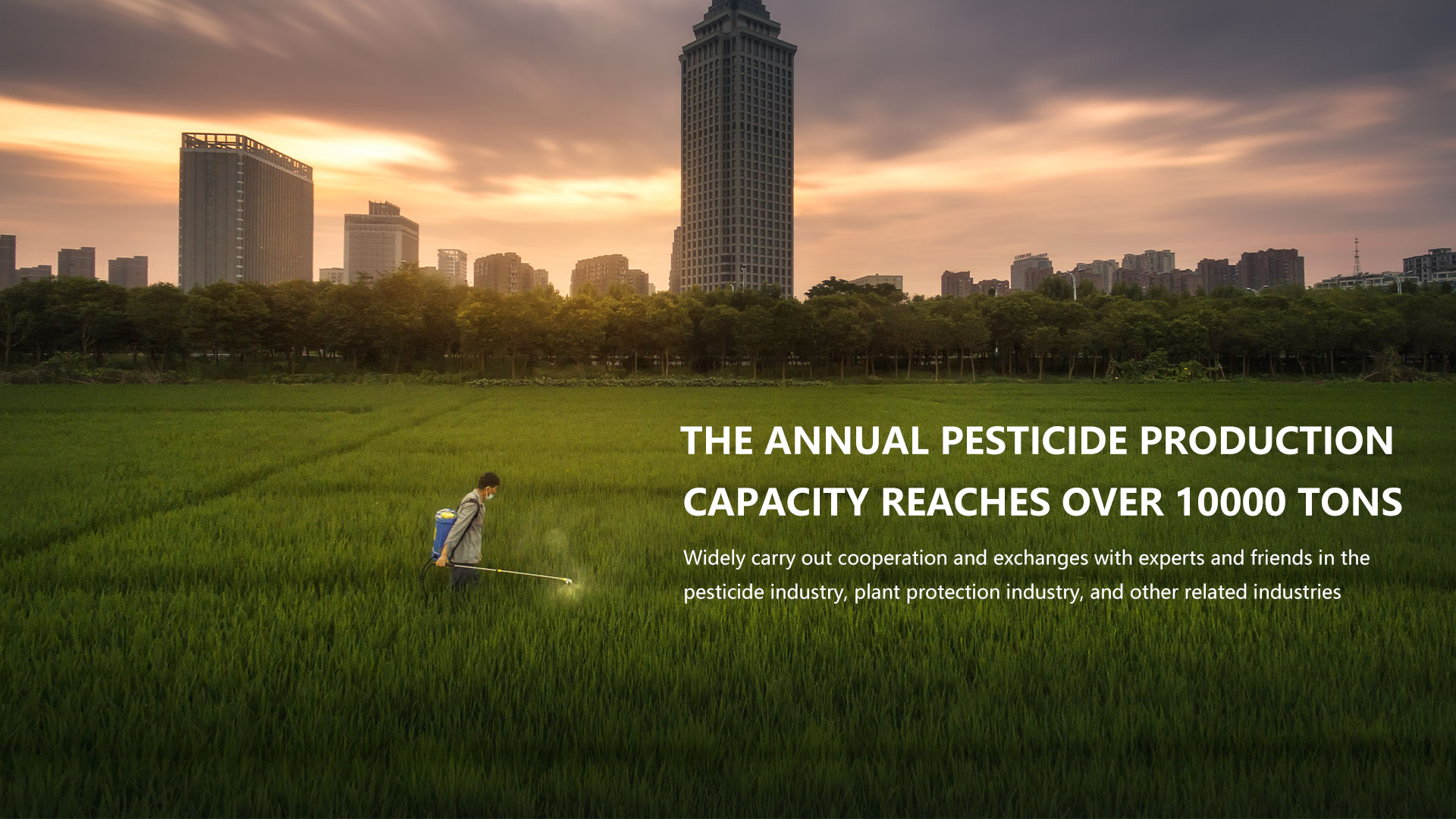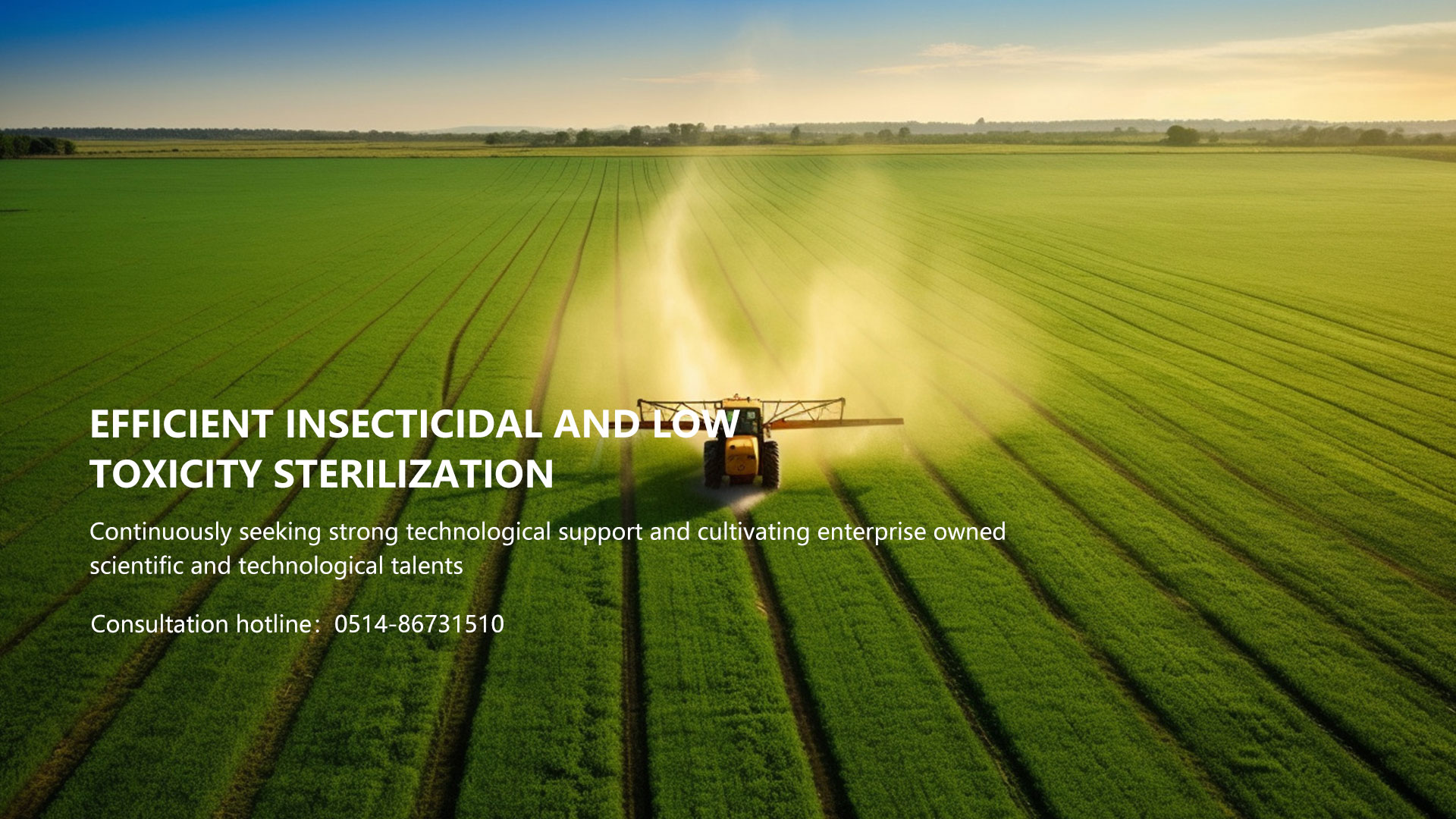Phytophthora frost and anthracnose of litchi are two major diseases in litchi production. Under suitable environmental conditions, anthrax is a typical latent pathogen, which can invade in the young fruit stage and cause direct harm, or it can lurk in the fruit tissue and cause serious harm when the disease resistance of the fruit is declining near maturity. It takes less than one day for Phytophthora infestation of litchi frost to develop symptoms. The two diseases spread quickly, and will occur seriously under climatic conditions where it rains for several consecutive days or frequent hot thunder showers, resulting in a large number of fruit shedding and decay.
According to the phenological period of litchi, some varieties of litchi fruits in Hainan and Yunnan producing areas have been listed. In Guangdong and Guangxi, the early-maturing varieties were in the expansion or color turning stage, the mid-ripening varieties were in the middle fruit stage, and the late-ripening varieties were in the small fruit stage. The phenological period of Fujian and Sichuan producing areas was the latest. From the perspective of weather conditions, the recent rainfall in South China is generally higher, the sunshine is less, and the orchard humidity is higher, which is conducive to the invasion, accumulation and incidence of lychee frost phytophthora infestation and anthrax. At present, anthracnose has been detected in some litchi orchards in eastern Guangdong, western Guangdong and the Pearl River Delta region, and litchi frost phytophthora disease has been detected on fruits and leaves. Therefore, the monitoring stations should pay close attention to weather changes, pay attention to the occurrence of lychee diseases within their jurisdiction, and guide fruit farmers to do a good job of lychee frost phytophthora infestation and anthrax prevention and control according to the monitoring results. Specific prevention and control measures are as follows:
Spraying control during the fruiting period should be determined according to the weather and the occurrence of orchard diseases, generally spraying 2 to 3 times, an interval of 10 to 15 days, and alternate medication to prevent resistance. The effective agents for the prevention and treatment of downtophystic disease are 20% pyrimethanil wettable powder, 50% enylomorpholine wettable powder, 250 g/l pyrazolide emulsion, 25% diacetylmycetylamine suspension, 18.7% enylozoyl pyrazolide water dispersion granule, 25% pyrimethanil suspension, 68% cremezine manganese zinc water dispersion granule, 60% azolide Deisen water dispersion granule, and 25% diazolide water dispersion granule More than 62% · manganese zinc wettable powder, etc. The effective agents for the control of lychee anthracnose were 25% imidamine emulsion, 50% imidamine manganese salt wettable powder, 250 g/l pyrazolium oxylide emulsion, 25% Pyrimethil oxylide suspension, 10% phenyloxyconazole water dispersible granule, 60% azolate · Desen water dispersible granule, 62% dol · manganese zinc wettable powder, 70% methyl tolbuzine wettable powder, 42% dimethyl oxylide Sen manganese zinc suspension agent and more than 40% sulfur suspension agent. The concentration of liquid medicine should not be increased or decreased at will. In case of continuous rain, it is necessary to spray protection.



